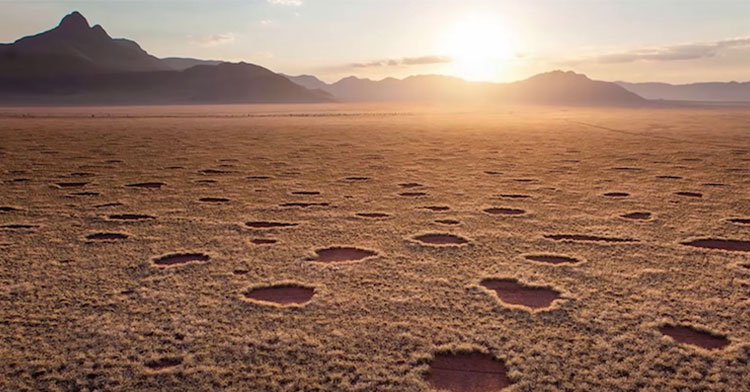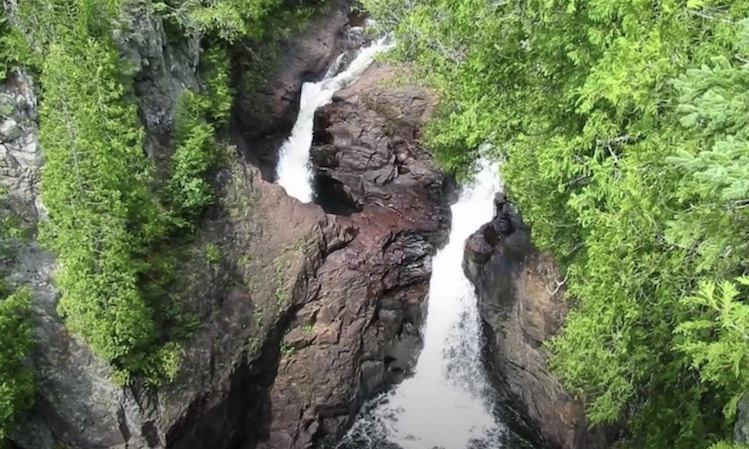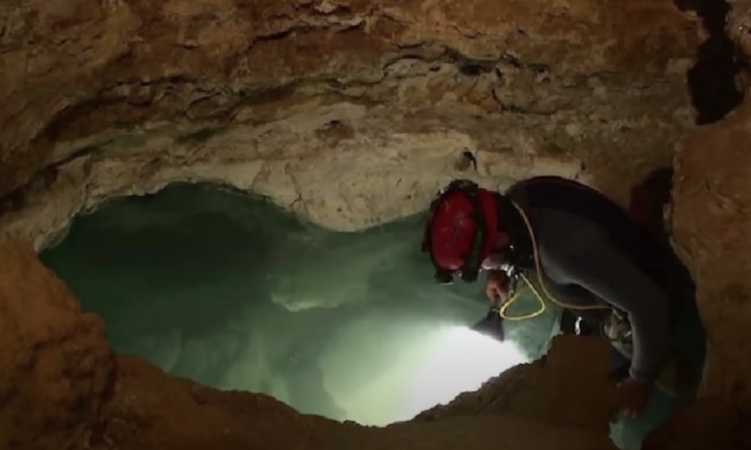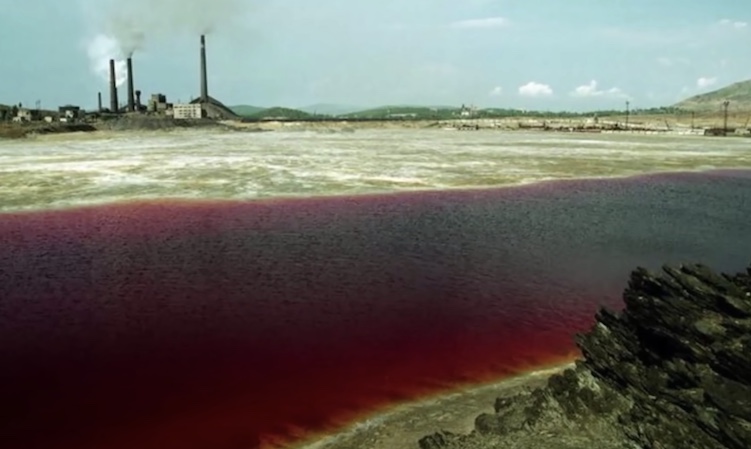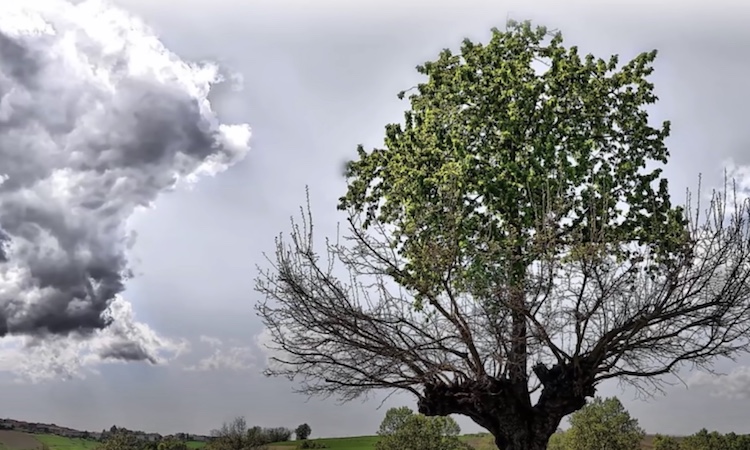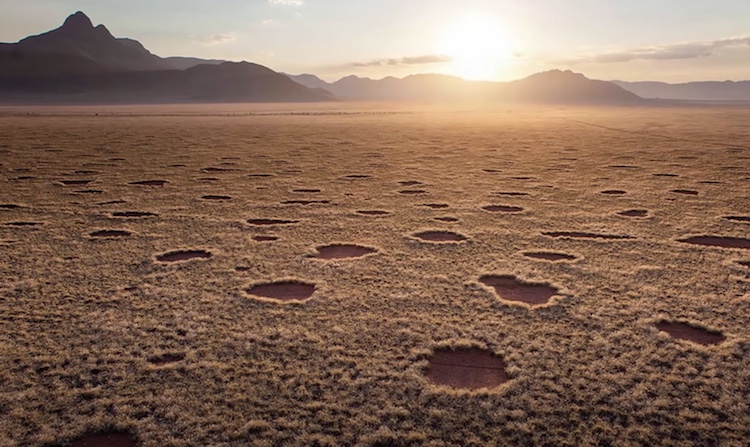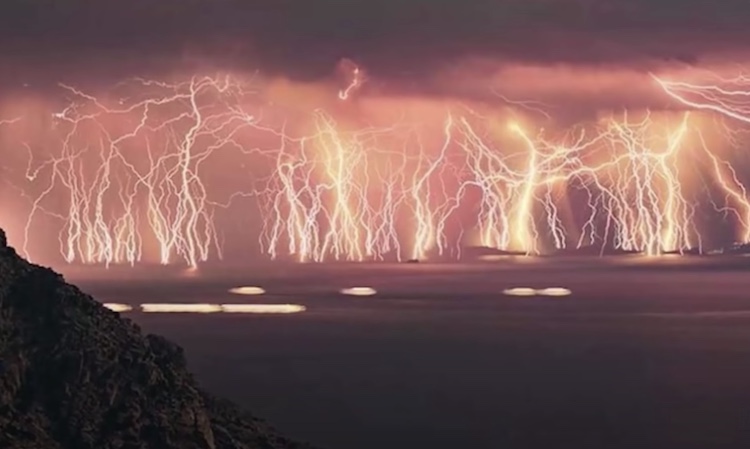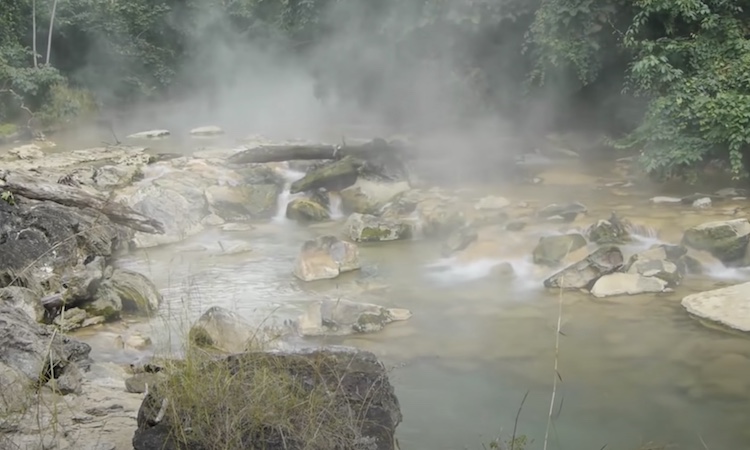The Seven Wonders of the World are magnificent sites known for their majestic beauty and greatness. But we’d like to propose 10 new places that evoke a slightly different kind of wonder.
Videos by InspireMore
These mysterious destinations are so loaded with unanswered questions that not even scientists can fully figure them out. Though we most likely won’t be able to understand them either, we sure can marvel at them!
1. Devil’s Kettle Falls – Minnesota.
The Devil’s Kettle waterfall in the Brule River splits into two separate rivers at one point… seemingly with no outlet for the western half of the river. People have thrown items like ping pong balls and GPS trackers into the western flow over the years, but both the water and the objects have always appeared to vanish with no visible river release.
Experiments conducted in 2016 and 2017 suggested that the water merely rejoins the Brule River a bit after the falls, but this outcome is still considered to be merely a potential hypothesis, not a fact.
2. Hessdalen lights – Norway.
Dating back at least as far as the 1930s, people in the Hessdalen region in Norway have reported sightings of a peculiar kind of light in the sky. These lights have appeared both during the day and at night, for long periods of time and just a few seconds, and at both high speed and a simple sway. They have been seen as rarely as 10-20 times a year and as frequently as 15-20 times a week.
Researchers have long hypothesized a range of explanations, but no factual resolution has yet been found.
3. Movile Cave – Romania.
Having been blocked off from the outside world presumably since time began, the Movile Cave has formed its very own ecosystem made up of mostly hydrogen sulfide, carbon dioxide, and very little oxygen.
The species within the cave have adapted to this environment. Many of them are endemic, meaning they can only be found in this cave and nowhere else in the world.
4. Lake Karachay – Russia.
Originally used by the Soviet Union as a dumping site for radioactive waste, Lake Karachay is considered to be the most polluted place on the planet, radiologically speaking.
They have gone to great lengths to minimize its potential destruction by covering it in concrete, but it remains a highly lethal radioactive environment to this day.
5. The double tree of Casorzo – Italy.
This Italian double tree is novel as it is a full cherry tree growing out of a full mulberry tree. Though trees growing out of other trees, known as “epiphytes,” are not totally uncommon, it is rare for them to grow this large with this long of a life span.
6. The sleeping city of Kalachi – Kazakhstan.
An epidemic rages in the Kalachi community in Kazakhstan, and it has to do with sleep. It’s characterized by a mass of villagers of all ages falling asleep randomly, even while walking. Some have had recurring instances of these sleep attacks, while others have remained in slumber for up to six days at a time. Most wake up with weakness, memory loss, and even vivid hallucinations.
Scientists and sleep experts have done an increasing number of tests but to no avail. Though some say the condition is caused by increased carbon monoxide and decreased oxygen levels due to the nearby uranium mines, to many, the cause still remains a mystery.
7. Circles of Namibia – Namib Desert.
The circles in the Namib Desert, known to many as the “fairy circles,” have long stumped scientific experts. The desert is filled with grass formations that are evenly spread out and are all in very clear circles. The shape of the formations baffles experts most as the circular patches mysteriously lack the ability to grow plants… but only within the barren circles.
Though termites remain the most common explanation, a defined cause is yet to be discovered.
8. The Taos Hum – New Mexico.
Beginning in the early 1990s, the locals of Taos, New Mexico, started complaining of a continual low-frequency “hum” with a range of up to 30 miles.
Researchers have gone to great lengths to solve the mystery of “the hum,” and though many have claimed otoacoustic emissions (sounds generated by the inner ear itself) are a possibility, the definitive reason is still unknown.
9. Everlasting lightning storm – Venezuela.
Over Venezuela’s Catatumbo River, a storm rages on every night, 260 nights a year, without fail.
Though some scientists have wondered if it has something to do with the uranium in the bedrock, the most recent hypothesis involves a “perfect storm” mixture of warm winds formed by the shape of the mountains, cold wind from the Andes, evaporating water, and methane from a local oil field. But still, no one knows for sure.
10. The Boiling River – the Amazon in Peru.
Known as the “only boiling river in the world,” the Shanay-Timpishka in Peru ranges from a temperature of 113 degrees Fahrenheit to almost 212 degrees Fahrenheit. The boiling hot river takes no prisoners when it comes to unsuspecting visitors.
One of the main conclusions is that boiling water from beneath the Earth’s surface has broken through fault lines, heating the river to a dangerous level. Once again, no one knows for certain.
Are you as stumped by these great mysteries of the Earth as we are?
Share these mind-bending destinations with a friend and challenge them to come up with their own hypotheses.
Want to be happier in just 5 minutes a day? Sign up for Morning Smile and join over 455,000+ people who start each day with good news.


